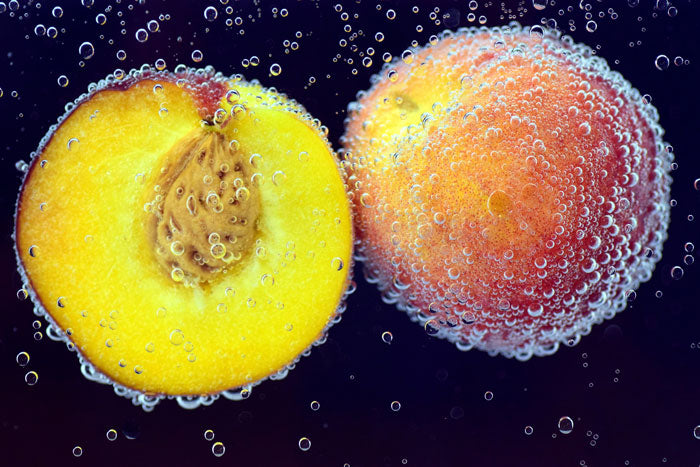What is Regenerative Farming?
What’s all the hype from food retailers about regenerative farming?
Regenerative/sustainable farming is a system of principles and practices that aims to rehabilitate and improve the entire ecosystem of the farm by focusing on soil health, water management, natural fertilizer use like cow manure, natural pest control methods and more.
It is a method of farming that improves the resources it uses, rather than destroying or depleting them.
All the practices used in regenerative farming are practices that have been used for thousands of years but have unnecessarily been pushed to the side by a large part of the agricultural sector over the past 100 or so years due to misinformation and the greed to maximize short term financial gains.
Some of the practices used in regenerative farming are,
Conservation tillage
Plowing and tillage can dramatically erode soil and release large amounts of carbon dioxide into the atmosphere. It can also result in bare or compacted soil that creates a hostile environment for important soil microbes. By adopting low or no-till practices & minimizing physical disturbance of the soil, over time the level of soil organic matter increases, creating a healthier, more resilient environment for plants to thrive, as well as keeping more and more carbon where it belongs.
Diversity
Different plants release different carbohydrates (sugars) through their roots, and various microbes feed on these carbs and return all sorts of different nutrients back to the plant and the soil. By increasing plant diversity it helps create rich, varied, and nutrient-dense soils that lead to more productive yields.
Rotation and cover crops
If left exposed to the elements, soil will erode and the nutrients necessary for successful plant growth will either dry out or quite literally wash away. At the same time, planting the same plants in the same location can lead to a buildup of some nutrients and a lack of others.
By rotating crops and deploying cover crops strategically, we can help infuse soils with more and more (and more diverse) soil organic matter, often while avoiding disease and pest problems naturally.
Mess with it less
In addition to minimizing physical disturbance, regenerative farmers also seek to be cautious and avoid chemical or biological use that can damage long-term soil health. Misapplication of fertilizers and other soil amendments can disrupt the natural relationship between microorganisms and plant roots.
Importantly, regenerative agriculture practices can help us fight the climate crisis by pulling carbon from the atmosphere and sequestering it in the ground.
When plants photosynthesize, they take carbon dioxide from the air and using the sun’s energy, water, and nutrients from the soil, transform it into carbon the plant uses to grow leaves, stems, and roots. The excess carbon created through this process is transported down the plant and is stored in the surrounding soil, sequestering the carbon in the ground. This carbon in the soil is known as soil organic carbon and it feeds microbes and fungi, which in turn provide nutrients for the plant. Soil organic carbon is the main component of soil organic matter, providing more structure to the soil and allowing it to store more water.
Carbon can remain stored in soils for thousands of years.
Regenerative/sustainable farming is a system used in one form or another by most farmers including ourselves and the farms we work with. It is not new, it has been used for thousands of years for far more pure reasons that capturing consumers money.



